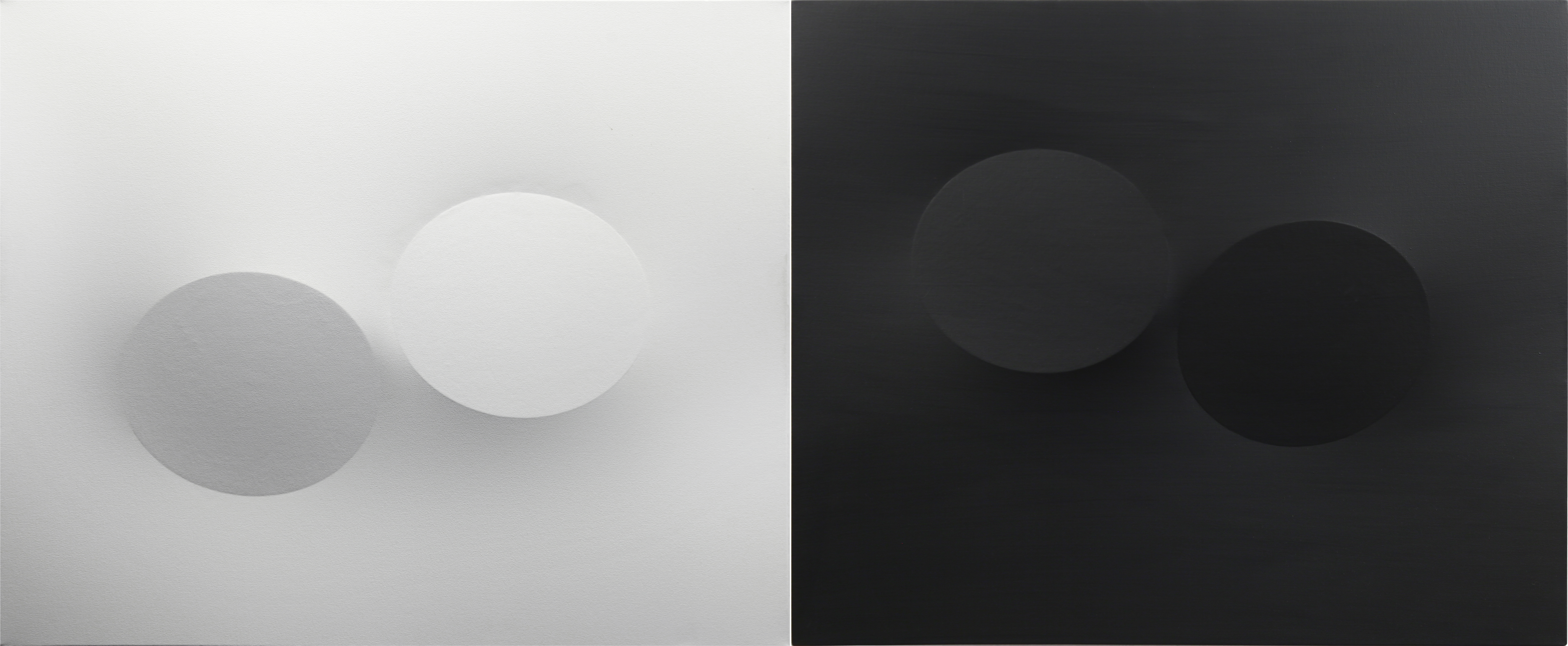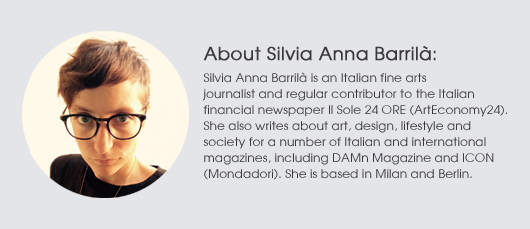
MILAN, Italy – Born in 1929 in Alcamo, near Trapani, in Sicily, Turi Simeti is one of the leading figures of the Italian art of the 1960s. He moved to Rome in 1958 where met Italian painter and sculptor Alberto Burri. Simeti began his art career in the early 1960s, initially pursuing the zeroing of art in a similar way like other contemporary experiences of the Zero group.
In those years Simeti worked with the technique of collage. He cut elements out of cardboard, canvas or wood and applied them to the canvas flat, seeking the annulment of the art. From the start he used the form that has become the figure of his art: the oval.
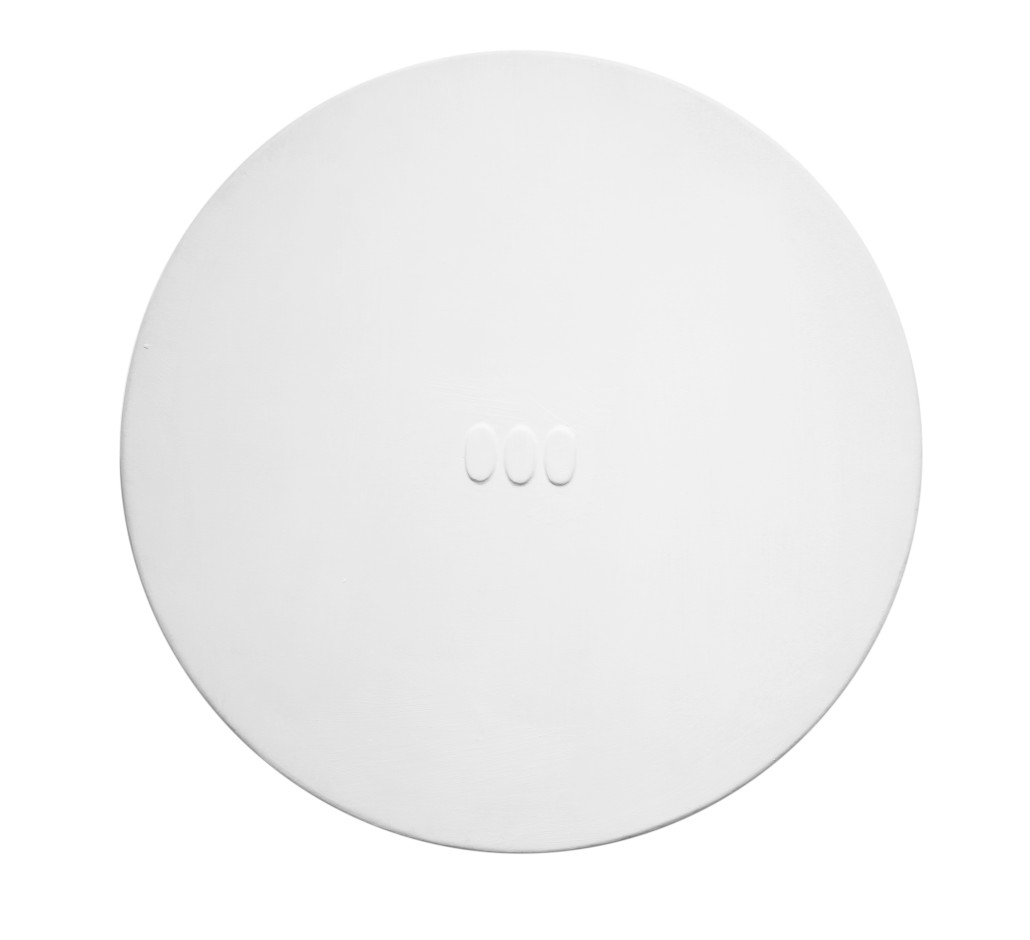
“The works of these years are the most sought after, especially by collectors who consider this stage of Simeti’s production as the most important one in his career,” said gallery owner Antonio Addamiano, founder of Dep Art Gallery in Milan, which began collaborating with Simeti in 2013, and on that occasion organized a major exhibition of 50 of his works from the 1960s. “Most of the works of these years are now kept in museums, which bought them already in the 1970s and ’80s,” said Addamiano.
Since 1966-67, however, Simeti introduced in his art the shaped canvas, going nearer to the Spatialism and the practice of artists such as Enrico Castellani and Agostino Bonalumi. Since then, this technique has remained the only one Simeti has used. Only around 1988-89 did Simeti waver from the oval shape, working for a time with the round. Other than that, from 1970 to the present, he worked only with the oval form, varying the number of ovals on the canvas, their distribution, or the colors of the canvas. His most expensive works are those of the early years. The earlier the work, the higher the price.
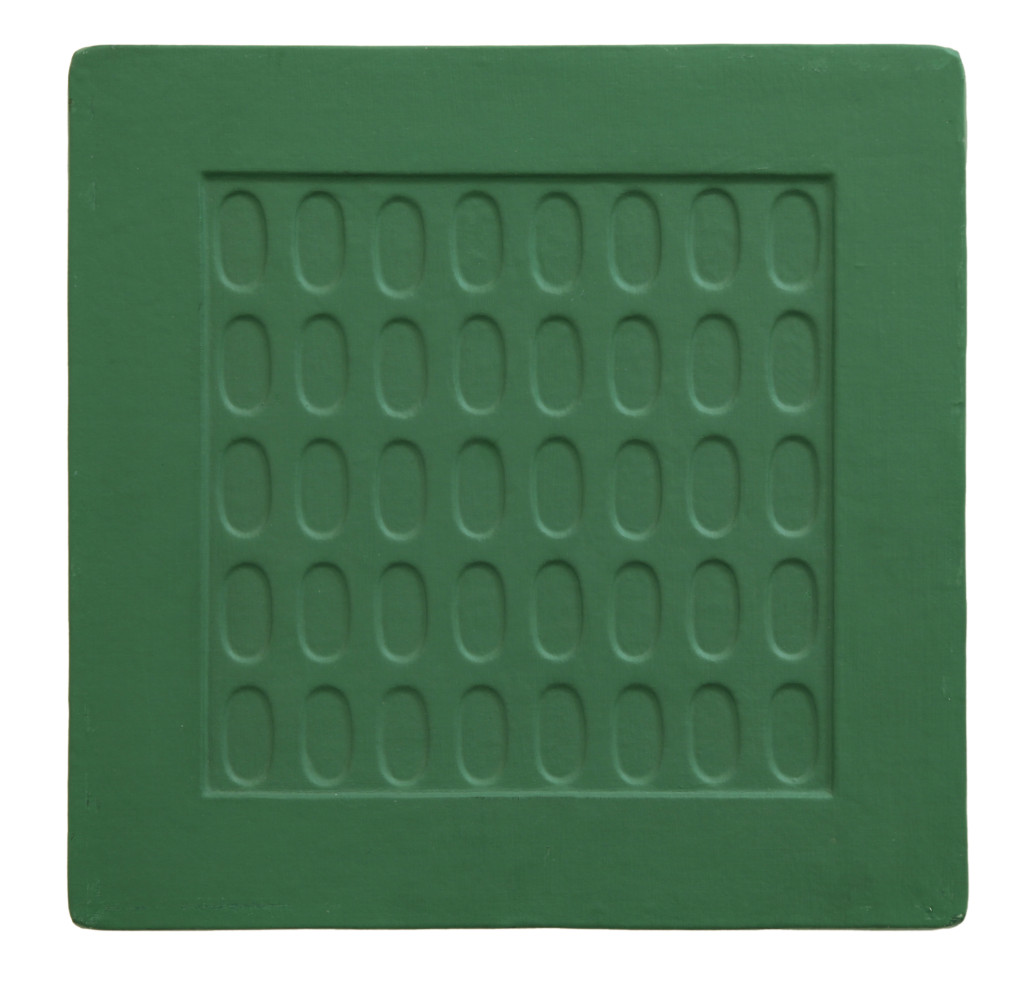
The most popular color is white, especially sought-after by collectors who appreciate the minimalist effect of the white canvas on the white wall. However, it it is difficult to find examples in a good state of conservation. The second most popular color is red.
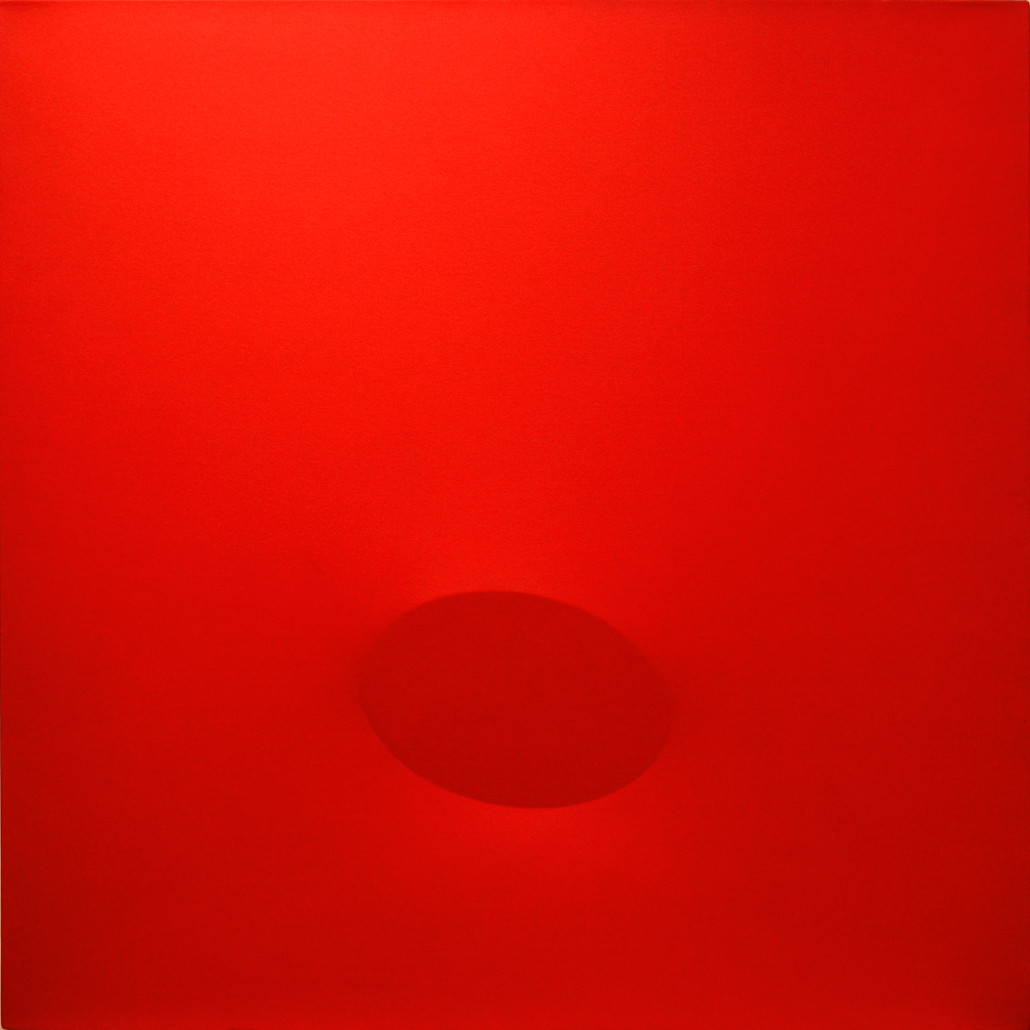
From 2013 to the start of 2015 the market for Turi Simeti experienced a surge that increased prices tenfold.
“When we started working with Simeti, the price range of his works ranged from €2,000 to €20,000 for the historical works of the 1960s,” Addamiano says. “In two years the range has arrived to €20,000 to €200,000. We expected a growth like that in 10 years, and instead we had it in two years, despite the economic crisis. Only artist Paolo Scheggi has grown so fast, but his production is much more limited than the one of Simeti.”
Addamiano hopes for stabilization. Already in the first six months of 2015 there has been a stabilization of prices, after the growth of the early years which was also speculative. Simeti’s works from the early 1960s, which are rare, continue to rise. In Basel in June 2015, for example, a work of the 1960s auctioned by Beurret & Bailly Auktionen and estimated at €57,000-77,000 was sold at a hammer price of €144,000. It is the second-highest price paid for the artist at auction after the record achieved at Sotheby’s Italian Sale in London on Oct. 17, 2014, amounting to €200,176 (buyer’s premium not included).
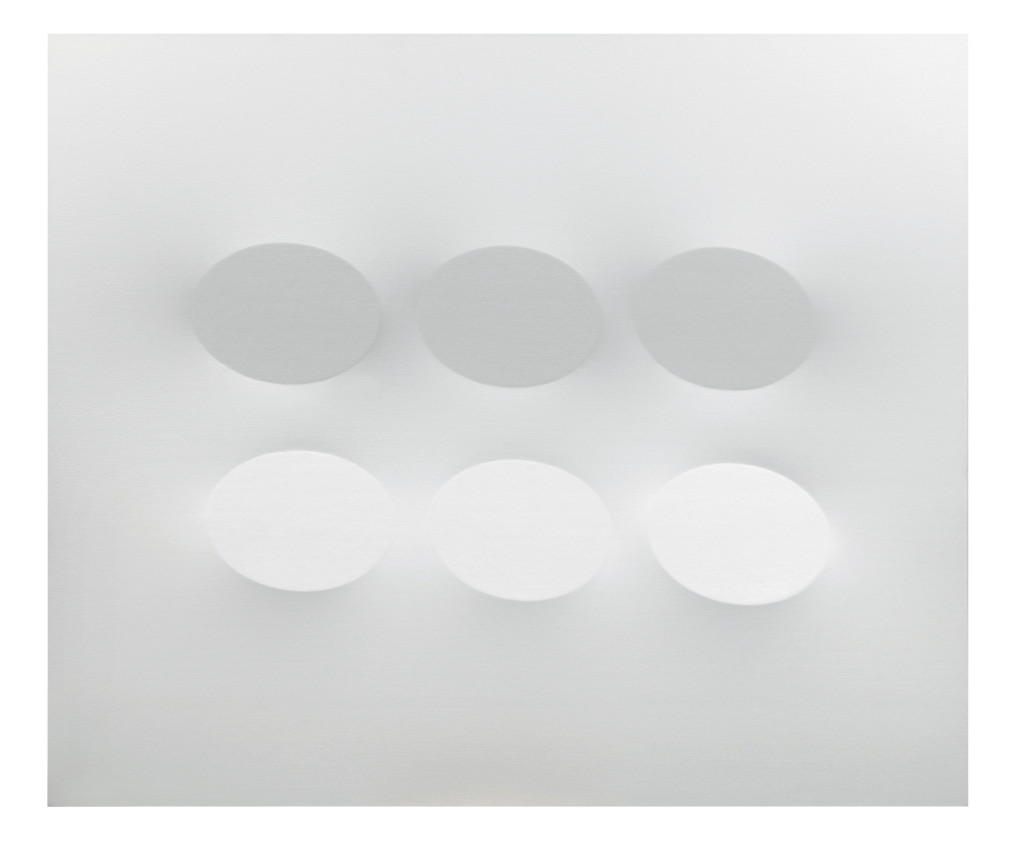
But what are the reasons for this market growth? Besides the current popularity of the Italian art of the 1960s on the international market, the beginning of the collaboration with Dep Art Gallery has helped, because the gallery also took over the artist’s archive to sort it out and to publish a catalogue raisonné (Summer 2016, edited by Antonio Addamiano and Federico Sardella).
“Before, the artist’s archive was managed by a Swiss company, ARTantide, who did not run it well,” said Addamiano. “As a consequence of this bad management, the market penalized in particular the most recent works, since the early ones are already in museums.”
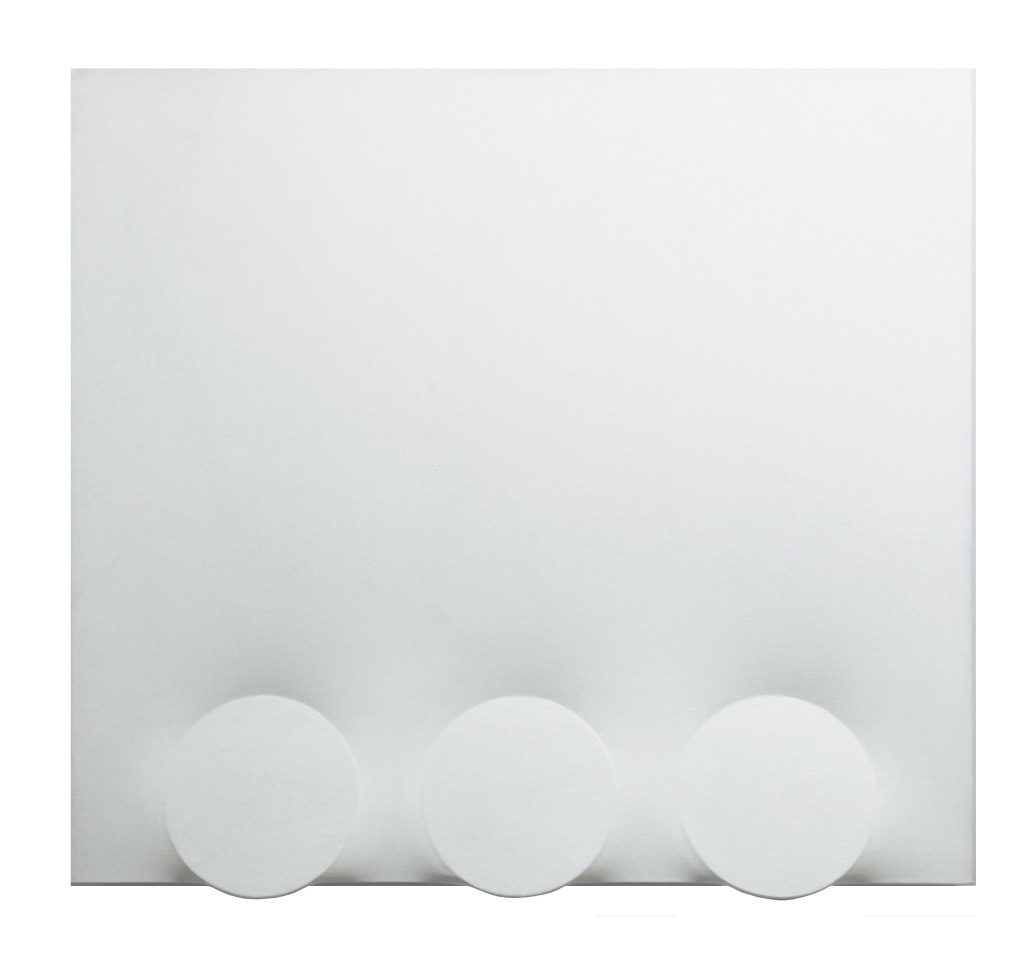
According to the Dep Art Gallery, in 10 years the Swiss company had filed only 500 of Simeti’s works. Also detremental, to register the works clients had to pay; therefore auction houses, art dealers and collectors were not interested in collaborating. From 2013 to today, however, Antonio Addamiano filed 1,200 works of about 4,000 that, according to one estimate, should represent the artist’s total production.
“We set up a public archive and we work for free. Also recording the works is free, because we wanted to give a signal of seriousness and optimism to the market. Since then, in fact, we had an explosion of interest from foreign galleries who now want to work with Simeti. Among them are Almine Rech in Brussels and Paris, Tornabuoni Art in Paris and Volker Diehl in Berlin,” said Addamiano.
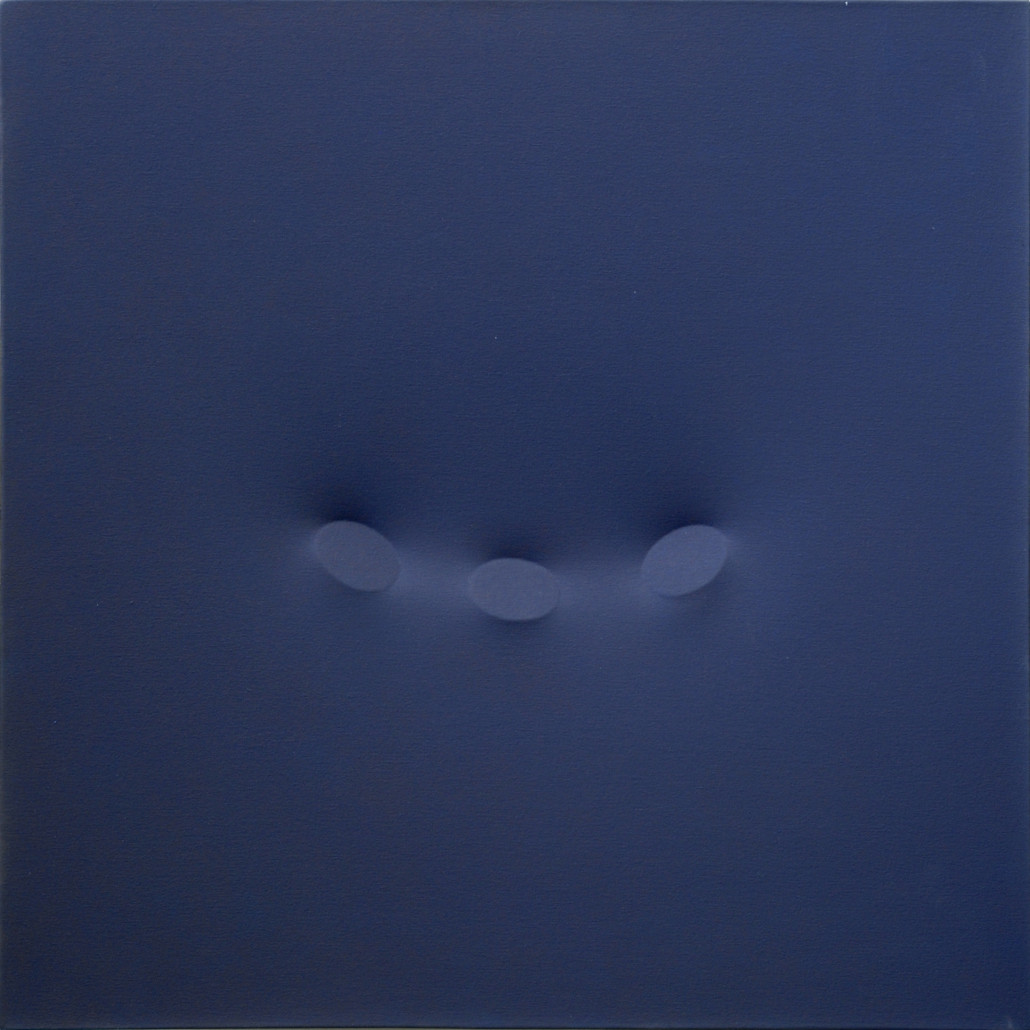
In the past Simeti has also worked with gallery De Buck in New York. Collaborations are planned for the Chinese market.
Among the upcoming exhibitions are a solo show in the new gallery of Dep Art Gallery in Milan, which moves to Via Comelico 40 while the old location in Via Giurati 9 becomes the headquarters of Simeti’s archive (from Sept. 30) and an exhibition in Berlin at Galerie Volker Diehl (from Sept. 18). Also planned is an exhibition in Japan, in December, at a private museum called Anzai Collection Space, and the solo presentation at the booth of Dep Art Gallery at Bologna’s art fair Arte Fiera in January 2016.
_____
By SILVIA ANNA BARRILÀ


